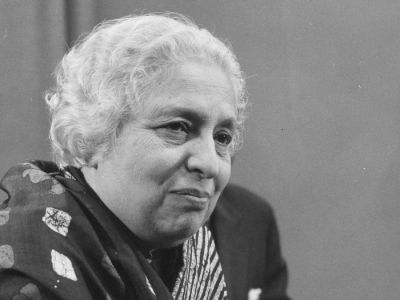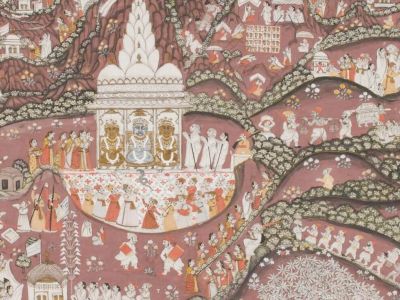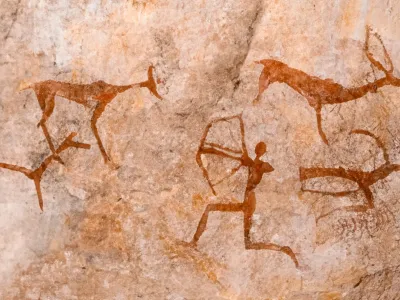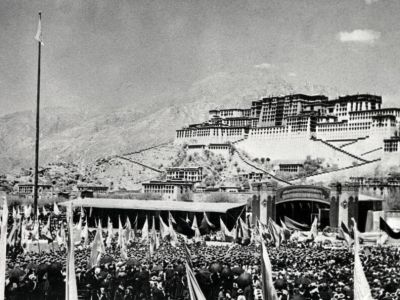Jawaharlal Nehru: Founder & Leader of Modern India and His Core Team
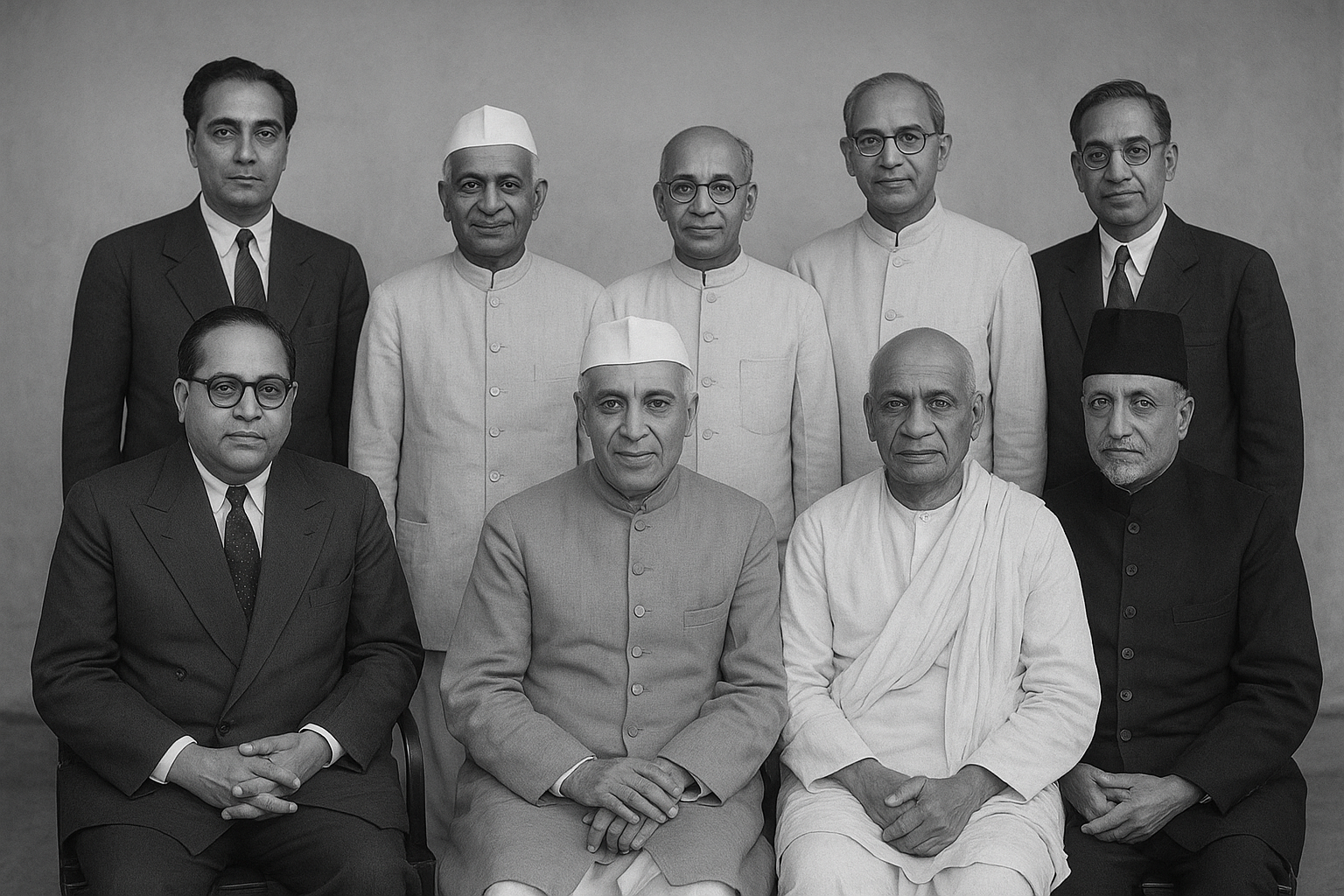
Jawaharlal Nehru was not merely the first Prime Minister of independent India; he was the nation’s principal founding principal, determiner of logos of modern nation— a visionary who understood that political freedom would remain hollow without social reform, scientific progress, and international stature. His legacy rests not only in words or policies but in the institutions he built — institutions that continue to shape India’s democracy, economy, and identity in the twenty-first century.
Jawaharlal Nehru: Early Life and Education
Jawaharlal Nehru was born on 14 November 1889 in Allahabad (now Prayagraj), Uttar Pradesh, into a prominent Kashmiri Brahmin family. His father, Motilal Nehru, was a distinguished lawyer and a leader in the Indian National Congress, while his mother, Swarup Rani Nehru, came from a cultured and traditional background. Nehru received his early education from private tutors at home before being sent to Harrow School in England and later to Trinity College, Cambridge, where he studied natural sciences. He then trained in law at the Inner Temple, London, qualifying as a barrister in 1912. Returning to India, Jawaharlal was soon drawn into the freedom struggle under Mahatma Gandhi’s leadership, evolving into a charismatic leader who blended Western liberal thought with Indian nationalism — a synthesis that defined his political philosophy and guided his vision for modern India.
Jawaharlal’s Foreign Policy and Global Stance
The Philosophy of Non-Alignment
At a time when the world was gripped by the Cold War’s binary logic — the United States versus the Soviet Union — Nehru charted a third course. His doctrine of Non-Alignment was not passive neutrality but a bold assertion of independent judgment. Conceived during the 1955 Bandung Conference and crystallized in 1961 with the formal founding of the Non-Aligned Movement (NAM), this policy empowered newly decolonized nations to assert sovereignty over their foreign policies.
For India, NAM was both a moral compass and a strategic shield. It enabled New Delhi to speak for the developing world — the so-called “Third World” — while avoiding entanglement in the superpower rivalry. Under Nehru, India’s diplomacy became synonymous with peaceful coexistence, disarmament advocacy, and South-South solidarity — values that continue to guide its foreign policy even today.
Seeds of Regional Cooperation
Though SAARC (South Asian Association for Regional Cooperation) would not emerge until 1985, the philosophical soil for it was prepared by Nehru’s regional diplomacy. His emphasis on Panchsheel — the Five Principles of Peaceful Coexistence — shaped India’s early relations with China and its neighbors. Nehru’s insistence on dialogue, mutual respect, and shared progress remains the unspoken template for South Asian regionalism.
The “Temples of Modern India”: Science and Industrial Foundations
Nehru believed that science and rationality were the antidote to poverty, superstition and ill suited social values. He once declared that “It is ideas, science alone that can solve the problems of hunger and poverty.” To him, large public institutions and research centers were not mere factories or bureaucracies — they were temples of India’s modern faith in progress.
The Indian Institutes of Technology (IITs)
Recognizing that a newly independent nation needed indigenous expertise, Nehru’s government established the Indian Institutes of Technology (IITs) — beginning with IIT Kharagpur in 1951, followed by Bombay (1958), Madras (1959), Kanpur (1959), and Delhi (1961). These were designed not only as engineering colleges but as incubators of excellence — linking education, industry, and innovation.
Today, IIT graduates drive global technology and entrepreneurship, a living testament to Nehru’s foresight in creating a scientific human capital base for India.
Strategic Science: Atomic and Space Programs
Nehru’s partnership with Dr. Homi Jehangir Bhabha led to the creation of the Department of Atomic Energy (DAE) in 1954. While he insisted on a “peaceful use of nuclear energy”, his support built the technological foundation that would later allow India to become a self-reliant nuclear power.
Similarly, Nehru’s patronage of Dr. Vikram Sarabhai in the late 1950s sowed the seeds for India’s space research initiatives. The Indian National Committee for Space Research (INCOSPAR), which evolved into the Indian Space Research Organisation (ISRO) in 1969, was born out of this vision.
These initiatives reflected Nehru’s belief that scientific independence was essential for political sovereignty.
Building Institutions for a Democratic Economy
The Planning Commission and Industrialization
Nehru’s economic policy was deeply rooted in Fabian socialism, which combined public sector leadership with social equity. The Planning Commission, established in 1950, became the central instrument of this vision. Guided by economists like P. C. Mahalanobis, it developed India’s Five-Year Plans, emphasizing self-reliant industrialization, infrastructure development, and balanced regional growth.
Public sector giants like BHEL, SAIL, and ONGC were conceived as “commanding heights” of the economy, balancing market efficiency with social justice.
The Indian Institutes of Management (IIMs) and Higher Learning
Nehru, with the guidance of Dr. Vikram Sarabhai and Douglas Ensminger, laid the groundwork for the first Indian Institute of Management (IIM) in Calcutta in 1961. These institutions were designed to train future leaders in management, bridging the gap between industrial expansion and administrative excellence.
The Core Team: Pillars of Governance and Unity
Nehru’s greatest strength was his ability to assemble and empower a team of exceptional minds. These figures were not mere subordinates; they were visionaries in their own right, shaping independent India’s political, social, and economic institutions.
Dr. B. R. Ambedkar: Architect of Social Justice and Coder of Indian Constitution
As Chairman of the Constitution Drafting Committee, Dr. B. R. Ambedkar ensured that India’s democracy would rest on the pillars of equality, liberty, and fraternity. His inclusion in Nehru’s cabinet despite ideological differences reflected Nehru’s commitment to meritocracy. Ambedkar’s legal framework gave India not only a Constitution but also a moral charter for social revolution — guaranteeing Fundamental Rights, abolishing untouchability, and laying the groundwork for affirmative action.
Sardar Vallabhbhai Patel: The Iron Man of Integration and Unifier of indian Ethos
As India’s first Home Minister and Deputy Prime Minister, Sardar Patel faced the monumental task of integrating over 562 princely states. Through a combination of diplomacy, tact, and firmness, Patel achieved the near-miraculous unification of India — ensuring that the subcontinent did not splinter after independence. His creation of the Indian Administrative Service (IAS) gave the republic a professional, apolitical civil service — a pillar of governance to this day.
Dr. Rajendra Prasad: The Constitutional Custodian and President of Republic of india
Dr. Rajendra Prasad, as the first President of India, symbolized dignity and restraint. His moral authority during the nation’s formative years lent stability to India’s parliamentary democracy. His relationship with Nehru — respectful yet independent — set an early precedent for the separation of powers between the executive and the presidency.
Maulana Abul Kalam Azad: The Evolutionary Educator of the Nation
Nehru’s first Education Minister, Maulana Azad, championed a vision of universal education rooted in secularism and cultural pluralism. Under his stewardship, India saw the birth of the University Grants Commission (UGC), the Indian Council for Cultural Relations (ICCR), and cultural academies like Sahitya Akademi, Lalit Kala Akademi, and Sangeet Natak Akademi. His work ensured that education became a tool of nation-building rather than mere literacy.
C. D. Deshmukh: The Financial Reformer
As the first Indian Governor of the Reserve Bank of India (RBI) and later Finance Minister, Sir Chintaman Dwarkanath Deshmukh built the financial architecture of the young nation. His role in the First Five-Year Plan, emphasis on fiscal discipline, and commitment to institutional growth ensured the stability of India’s postcolonial economy.
V. K. Krishna Menon: The Diplomatic Strategist
A close confidant of Nehru, V. K. Krishna Menon was the face of Indian diplomacy on the world stage. As Defence Minister, he oversaw India’s initial military modernization. His fiery oratory at the United Nations, particularly during the Kashmir debates, positioned India as a formidable voice of reason and anti-colonialism.
The Unmade Legacy: Subhash Chandra Bose
The absence of Subhash Chandra Bose from independent India’s leadership was one of history’s greatest “what-ifs.” A dynamic and radical patriot, Bose’s emphasis on military preparedness, socialist economics, and industrial modernization might have added a complementary vigor to Nehru’s intellectual diplomacy. His vision of total self-reliance and disciplined nationalism could have reshaped India’s early defense and industrial policies.
The Institutional Legacy: Enduring Nehruvianism
Seventy-five years later, the institutions Nehru founded — from IITs and IIMs to the Election Commission, Planning Commission (now NITI Aayog), and scientific research centers — continue to uphold the democratic and developmental ideals he envisioned.
Nonetheless, Nehru team played vital role in realising his vision and above that actualizing indian potential. From human rights, tech sights.
Jawaharlal’s India was not built overnight. It was constructed through institutions, ideas, and individuals — each designed to balance liberty with discipline, modernity with tradition, and progress with peace.
His greatest contribution, perhaps, was his faith in the mind of India — in the belief that a democratic, scientific, and pluralistic India could stand proudly among the nations of the World.


